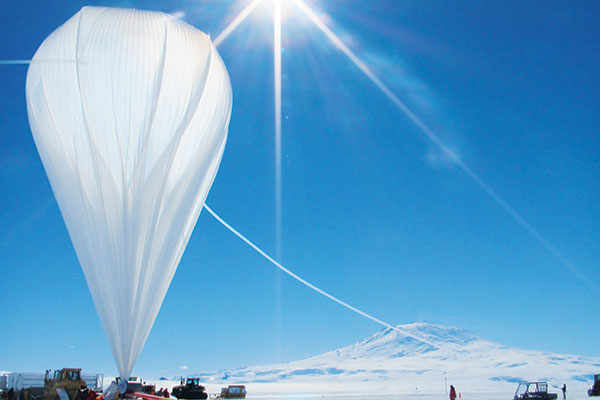Failure to Launch
Pam Delays NASA Balloon Launch
The balloon was set to launch from the Central Otago town of Wanaka, departing from Wanaka Airport.
Debora Fairbrother, the Chief of NASA’s Balloon Program Office (BPO), said that “Cyclone Pam has affected the conditions in the stratosphere” and that “the predicted flight path of the balloon has changed due to the instabilities in the atmosphere.”
In a press release, NASA said balloons are “one of the best kept secrets in the science community” and that “they provide invaluable science at a relatively low cost, and they offer scientists an opportunity to test ground-breaking instruments before they’re considered for free-flying spacecraft.”
According to Fairbrother, Wanaka was chosen for the launch of the SPB because “[NASA] scientists required a mid-latitude southern hemisphere location … factors that went into the decision [were] low population densities … flight trajectories, availability of equipment to rent, facilities for integration, high-speed internet and accommodation for staff.”
The Queenstown Lakes District Council issued a statement on their Facebook page on the Saturday before the original launch: “The NASA team at Wanaka has advised they won’t be attempting a launch tomorrow morning … a decision about the possibility of a Friday launch will be made by 2pm tomorrow.”
Fairbrother said that “our team [at NASA] will evaluate the conditions on a daily basis” to decide whether a launch is viable. Fairbrother also added, “there are key considerations for an optimal launch day … the surface weather, the safety analysis of the balloon’s flight trajectory from Wanaka to the east coast of New Zealand, [and] what the balloon is predicted to do in the stratosphere.”
The launch is set to be a “test flight of the 18.8 cubic foot super pressure balloon,” and the goal is “for 100 days duration,” said Fairbrother. The previous record for SPB duration is 54 days.
NASA says the SPB will “boost tourism and support the economy for Wanaka, the region and New Zealand.”



